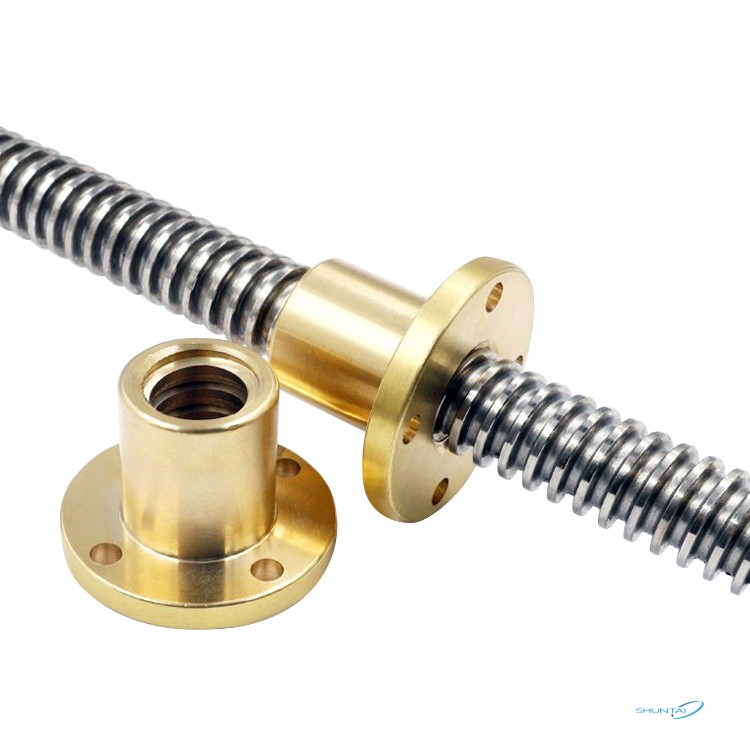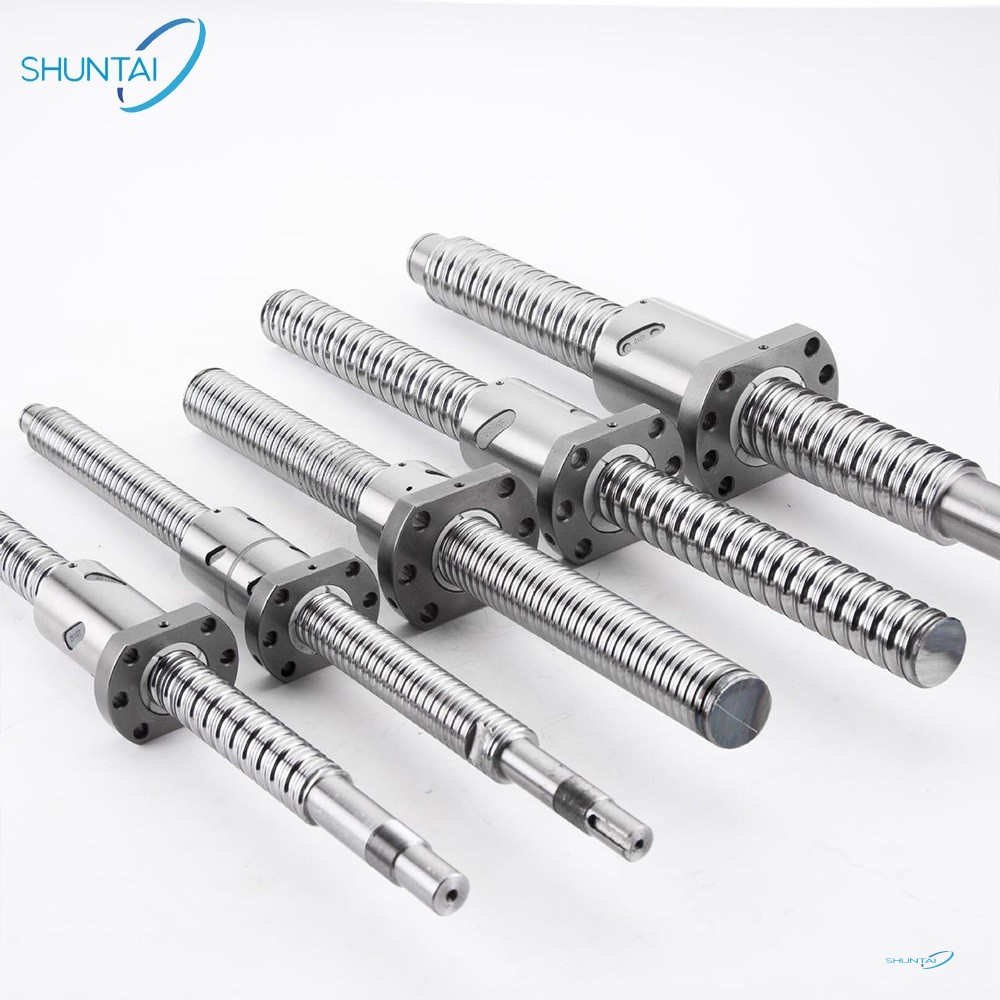Ball screws and trapezoidal screws are common transmission devices used to achieve linear motion or convert rotational motion into linear motion. There are several differences between them:
1. Efficiency: Ball screws are generally more efficient. Because the balls of the ball screw can reduce friction loss when rolling, the ball screw has higher transmission efficiency than the trapezoidal screw.
2. Return accuracy: Ball screws usually have better return accuracy. The balls and threads of the ball screw mesh with each other and have a small gap, so it is easier to maintain position accuracy during reverse movement.
3. Load capacity: Ball screws usually have higher load capacity. Ball screws have a larger ball contact area and can withstand higher axial and reciprocating loads.
4. Movement stability: Ball screws usually have good movement stability. The rolling motion of the ball screw is relatively smooth, reducing vibration and noise.
It should be noted that the manufacturing and installation of ball screws are relatively complex and costly. Therefore, in some applications, the lead screw remains an economical and practical choice. The choice between a ball screw or a trapezoidal screw should be determined based on specific application needs and budget.

